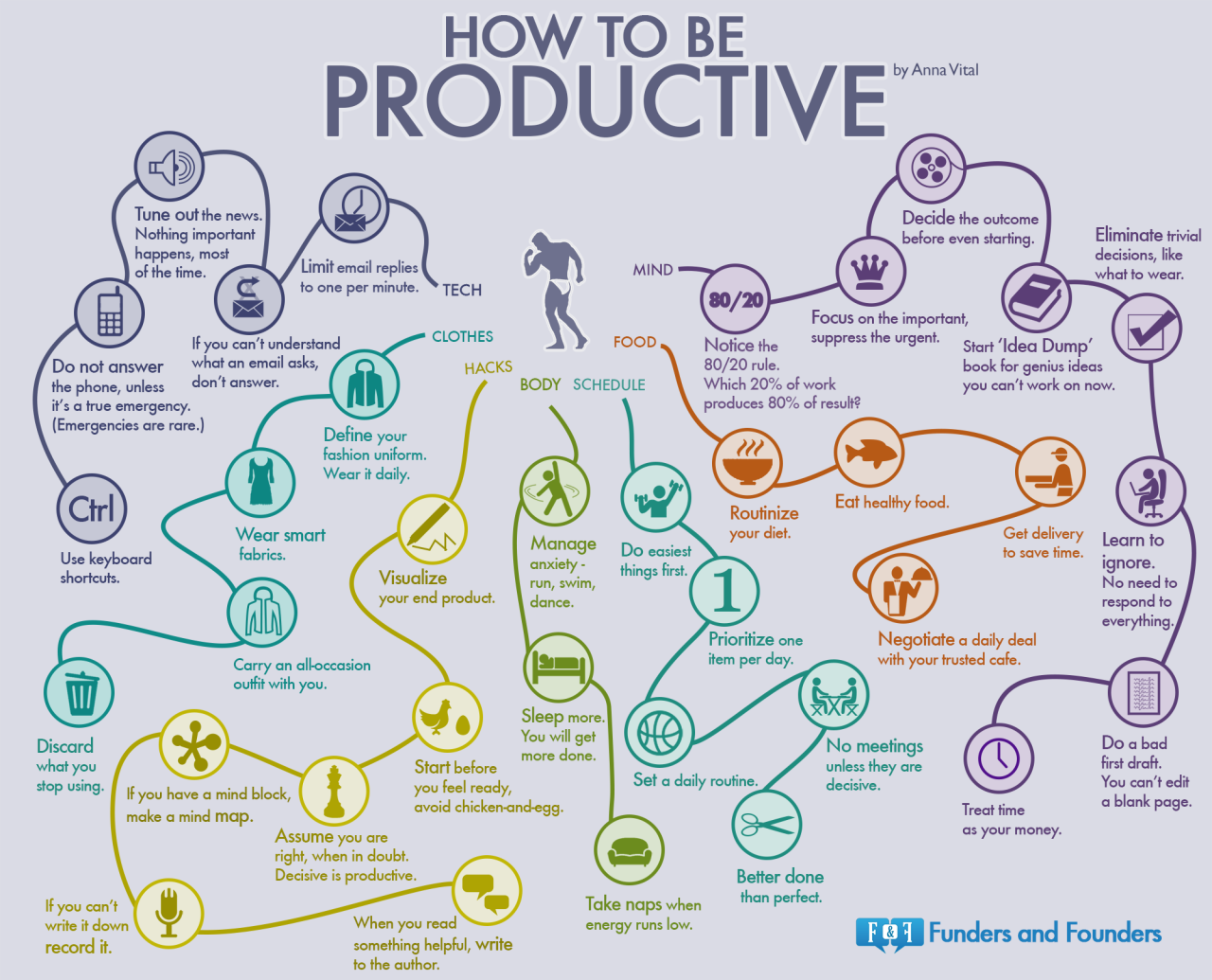Narendra Modi was born to lower middle class parents in
northern Gujarat. As a youth, he worked in his family's tea stall, according to
a biography.
Narendra Modi was temperamental and is said to have run away
from home to the Himalayas. After some years wandering through the Himalayas on
a journey of spiritual discovery, Modi rose through the ranks of the Rashtriya
Swayamsevak Sangh, a Hindu nationalist organisation that is the ideological
parent of the BJP.
A stocky, bespectacled man with a trimmed white beard, Modi
is known for his ascetic lifestyle and enthusiasm for yoga.
Gujarat state Chief Minister Narendra Modi (L) is seen with
Indian television personality Mona Thiba as they attend a kite-flying event for
Makar Sakranti (Uttarayan) in Ahmedabad on January 14, 2010.
 World chess champion Vishwanathan Anand, left, and Gujarat
state Chief Minister Narendra Modi gesture as participants play chess during an
attempt to create a world record for the participation of maximum number of
people in a chess tournament, in Ahmadabad, India, Friday, Dec. 24, 2010. The
'Swarnim Chess Mahotsav'' was organized by the state government as part of
Gujarat state's golden jubilee celebrations.
World chess champion Vishwanathan Anand, left, and Gujarat
state Chief Minister Narendra Modi gesture as participants play chess during an
attempt to create a world record for the participation of maximum number of
people in a chess tournament, in Ahmadabad, India, Friday, Dec. 24, 2010. The
'Swarnim Chess Mahotsav'' was organized by the state government as part of
Gujarat state's golden jubilee celebrations.
Gujarat State Minister Narendra Modi talks behind the mortal
remains of Pandit Shyam Kishan Varma, seen in the left picture, and Smt.
Bhanumati Varma, seen in the right picture, at Geneva's St. George
Scolumbarium, Friday, Aug 22, 2003. Swiss authorities handed over to Modi the
ashes of an independence leader and his wife who died in exile in Switzerland
after years of trying to free their country from British rule.
Gujarat Chief Minister Narendra Modi flies kites at the
International Kite Festival in Ahmadabad, India, Sunday, Jan. 13, 2007. Around
145 kite fliers from various countries are participating in the five day
festival which began Friday.
Gujarat caretaking Chief Minister Narendra Modi casts his
vote on an electronic voting machine as polling for Guajarat state elections
got underway in Ahmadabad, India, Thursday, Dec. 12, 2002. Still shaken by
religious violence that killed 1,000 people in this western state, Gujarat
voters are deciding Thursday whether to re-elect the Hindu nationalist party
accused of fomenting India's bloodiest sectarian strife in a decade.
In this handout photo released by India's Gujarat State
Information Bureau Gujarat state Chief Minister Narendra Modi (L) speaks with
his 92 year old mother Heera Ba in Gandhinagar, some 30 kms from Ahmedabad on
September 17, 2011. Controversial Indian Hindu nationalist leader Narendra Modi
began a fast on September 17 to promote "goodwill" in what was seen
as a bid to project himself as a potential candidate for premier.
American astronaut Sunita Williams, left, and Gujarat state
Chief Minister Narendra Modi interact during a felicitation function at Gujarat
University in Ahmadabad, India, Saturday, Sept. 22, 2007. Williams is in India
on a week-long visit.


Indian Prime Minister Atal Bihari Vajpayee, right, speaks at
the Shahalam Relief Camp for Muslim refugees in Ahmadabad, India, Thursday,
April 4, 2002. Vajpayee traveled Thursday to the western state of Gujarat
hoping to end India's worst Hindu-Muslim fighting in a decade. At left is
Gujarat Chief Minister Narendra Modi.
Narendra Modi during a convocation ceremony at Pandit
Deendayal Petroleum University (PDPU), a school of petroleum management. at
Gandhinagar in the western Indian state of Gujarat on October 19, 2013
all source are from and For more pics & details visit:-https://in.news.yahoo.com/lightbox/unseen-pictures-of-narendra-modi-slideshow/unseen-pictures-of-narendra-modi-photo-1398058182325.html
all source are from and For more pics & details visit:-https://in.news.yahoo.com/lightbox/unseen-pictures-of-narendra-modi-slideshow/unseen-pictures-of-narendra-modi-photo-1398058182325.html





























































